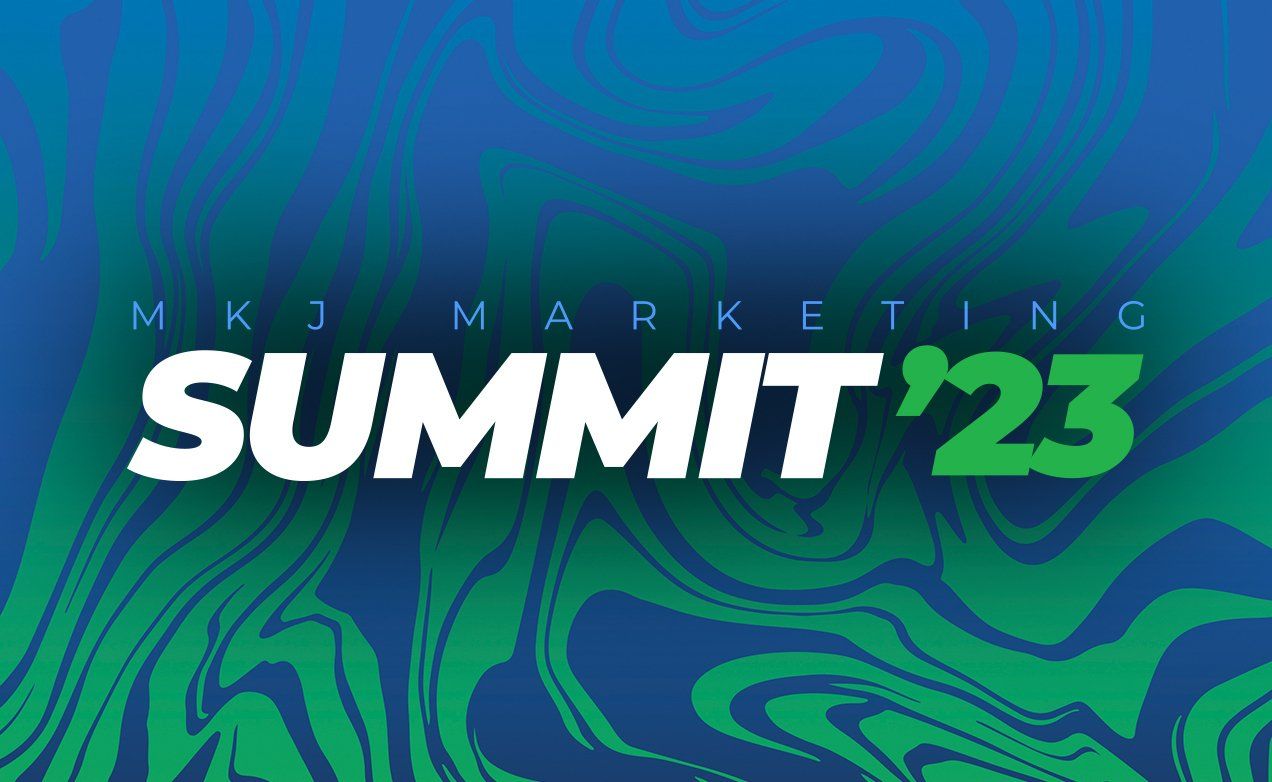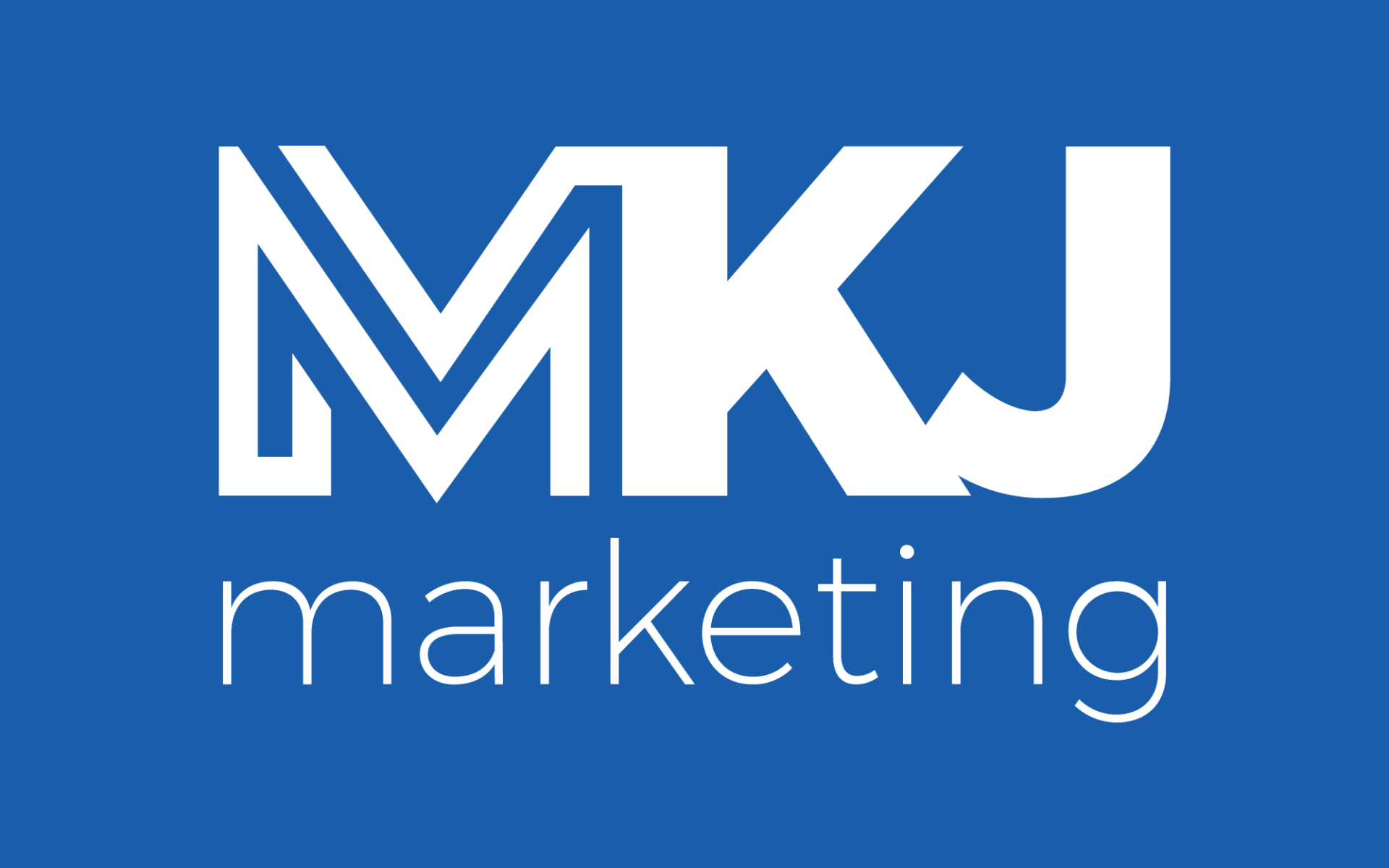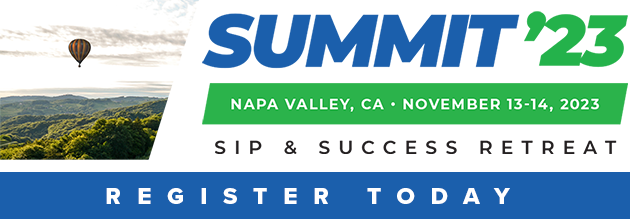Preneed marketers have always utilized cutting-edge technology to present the peace of mind benefits offered by funeral and cemetery preneed. In the 1950’s, this meant direct mail, telephone calls, and door hangers – tactics still in use today, albeit with diminished productivity and increasing costs.
Where is Your Front Door?
Prior to the digital revolution , families would drive to funeral homes to collect information on services and prices, particularly when shopping for prearrangements. Since the revolution, families search online for the same information. As the internet has become the dominant shopping and information source for all products and services, the primary initial point of contact for consumers considering your funeral home is no longer on Main Street, but on the splash page of your website. Certainly, funeral service remains a brick-and-mortar business, but few consumers would begin their search for a funeral home by driving from door to door.
MKJ Marketing recently conducted a series of focus group sessions in our Florida offices comprised of age 55+ respondents to investigate their use of technology, specifically the internet. The results demonstrated clearly, and contrary to many pre-conceived notions, that seniors:
- Use the internet extensively
- Use it intelligently
- Consider the option of Yellow Pages and newspapers a humorous punchline
- Refer to online reviews and ratings sites religiously
Most interestingly is the level of detail in which they read website copy. They do not simply glance at a page or make assumptions. They are concerned with security and utilize review sites – such as Yelp, Facebook, or Google – to verify claims.
The death care industry has moved hesitantly into digital marketing. It’s true that most funeral and cemetery businesses have a website, but in most cases it is simply “something on the internet” as opposed to an effective marketing website with interactive features. Many funeral home websites have so many Google citations the sites are effectively cancelled out as far as bringing business to the firm. Citations are given when websites violate Google’s priorities, which the algorithms are programmed to consider when ranking sites. Common citations are:
- Multiple sites with the same or similar copy
- Sites not programmed using WordPress
- Sites that don’t respond to the size of the screen, i.e. personal computers versus a mobile device like a smartphone or tablet.
How does this apply to contemporary preneed marketing and sales? Certainly, the most basic utilization of technology in preneed marketing is to be listed in the Google local listings in search results. Realizing that seniors will begin their shopping process online versus visiting funeral homes, a marketing website designed to attract shoppers is fundamental, and over the long run, the least expensive lead source. In fact, searches initiated by individuals seeking preneed information represent high quality leads – far more productive than direct mail leads and at a fraction of the cost.
Search Engine Optimization (SEO)
SEO is a science ; it demands hours and hours of studying the local market (including competitors’ websites), creating landing pages to attract algorithms, and refining verbiage. A new website should be initially programmed to optimize the site, but given time, and constant refining by Google, the site will become less and less relevant, which means it will appear less and less often in searches. Google has over 10,000 programmers on their payroll who make as many as 50 changes to their algorithms everyday. This is why SEO is a dynamic process requiring continuous attention.
Pay-Per-Click Ads (PPC)
Many funeral businesses opt for PPC versus SEO. PPC ads appear at the top of a search results page and are easily identified by the word “Ad” on the advertisement. The cost of PPC ads varies dramatically based upon the demand for the ad space. A great deal of demand, such as in a large metro area, can drive the cost into the hundreds of dollars every time a searcher clicks on the ad. In contrast, some PPC ads can cost as little as $.50.
Research indicates fewer than 5% of searches will click on a PPC ad, so your monthly budget can last a long time. Only about 35% of searchers will go to the 2 nd or 3 rd page of any website. So, the objective is to have your PPC ad on the first page, and most importantly, in the local listing at the top of the page. Placement in the local listing cannot be purchased, it must be earned.
As members of the baby boomer generation move into retirement, their lifestyles have changed. Many retire long distances from friends and relatives. Because many of them retire in the south, they spend more time inside, particularly during the hot summer months. They keep in touch with family and friends via social media , and Facebook in particular. They watch videos, photos, and share commentary. It’s very easy for funeral home managers and owners to underestimate the effectiveness of Facebook as an advertising media simply because they don’t visit the site, but it is a dynamic environment for socializing.
A Facebook post, on average, could be viewed by 200 followers, but if the same post is turned into an ad, it could reach 10,000 or more. Making the ads productive is a matter of having an existing dynamic Facebook page with meaningful and current posts. The more people visiting the funeral home page, the more productive the Facebook advertisements. Facebook ads appear in the daily news feeds of people in the community, just as ads appear in local newspapers. The primary difference is that a click on a Facebook ad delivers a lead directly to your website.
The objective of Facebook advertisements is not to generate page followers, but to generate a response, typically in the form of a website visit. Website visitors from Facebook are high-quality contacts since they were attracted to your site because of information gleaned from the Facebook ad.
Because many funeral home owners are not technologically inclined, they often assign a staff member to manage their Facebook page based upon their ability to place the ads. Posting on Facebook is actually very simple. It’s like anything else; it’s mastered after you’ve done it a couple times. The challenge with Facebook posts and advertisements is the same with creating any other kind of ad; it’s dependent upon quality copy and especially eye-catching graphics. Facebook will not allow posts with too many words, because they want posts to be graphic.
Search Engine Marketing (SEM)
SEM is all forms of website marketing other than SEO. It exists every day in all forms of media advertising, but could very well go unnoticed. GEICO, Progressive Insurance, Hotels.com, Trivago, and many other internet-based businesses use television advertising , both cable and broadcast, as well as billboard, social media , and blogs to generate traffic to their websites. Most funeral businesses are not located in expensive media markets, instead they are in midsize to small communities, or they serve residents in a specific segment of a large metro area where advertising rates are affordable.
Family businesses are notorious for dividing their advertising between multiple providers: Direct mail provided by a mail house, newspaper ads created over the kitchen table, radio ads created by the local radio station. As a result, there is no synergy and no message focus. Some businesses handle their digital marketing the same way – instead of a focused strategy, they partial it out to multiple sources.
- SEO will not be as effective if the website has Google citations.
- Facebook is more than social media. It has become a leading business search portal.
- Facebook contacts fail to become leads if the website doesn’t offer information relating to the Facebook post.
- PPC ad budgets underperform because you get charged for contacts you would have received anyway.
- Blogs address pertinent issues that create contacts.
Summary
Seniors may not open their door to solicitors, read “junk mail” or the newspaper, search for businesses in the Yellow Pages, or answer phone calls from numbers they don’t recognize. Digital marketing is right for preneed because that’s where consumers are.
Share this Post




